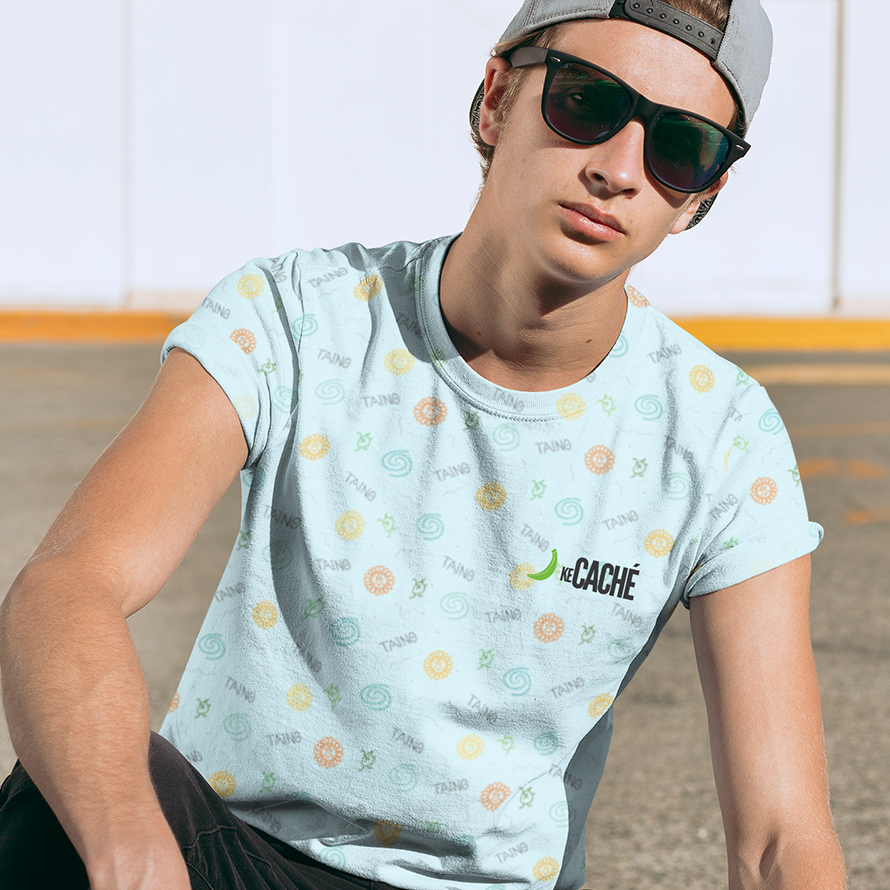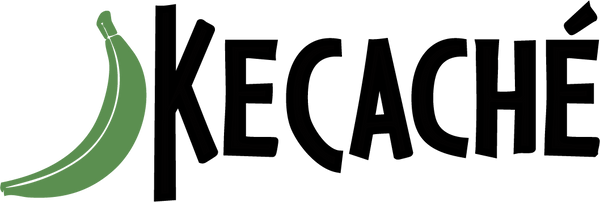
The Tainos
Share

The Taínos were indigenous people that lived in the Caribbean before Columbus arrived there during his 1492 voyage. Their ancestors are believed to be Arawakan speakers who arrived in the Caribbean from South America as early as 2,500 years ago (Keegan WF, Hofman CL 2017). The Taínos were in fact the first people that the Spaniards encountered in the Americas. Colombus was the one who gave them the name Taíno, which means “men of the good." “They will give all that they do possess for anything that is given to them, exchanging things even for bits of broken crockery,” Columbus said when he met them in the Bahamas (Poole, 2011).
Colombus was the one who gave them the name Taíno, which means “men of the good."
The Taínos had a complex social order. The naborias (working class), nitaínos (nobles) were the two social classes of the Taínos, both of which were governed by chiefs known as caciques, that could be either male or female. There were also bohiques (medicine men). They lived in small villages, called yucayeques. They constructed large round houses known as bohios (huts) from palm trees, which housed many families. The cacique and his family lived in a caney, a rectangular house that was larger than the traditional bohios and contained religious objects, like zemís, made of wood, clay, or stone, a fundamental symbol in the Taíno religion. It is a stone with three cardinal points (Jiménez, n.d.).
The symbols and stories have puzzled many that have interpreted their meanings.
They used symbols to communicate with other members of the tribes. They had no other written language. Therefore, these symbols became their main way of communication. The taínos social order, culture, rituals, believes, and feelings or frustration were left behind as stories on petroglyphs rock engravings. The symbols and stories have puzzled many that have interpreted their meanings. Below are some of the most common taíno symbols and their meanings.

The taínos were also very skilled fishermen and known for their sophisticated agricultural method, which included growing three main crops in conucos (earth mounds) that are still used today: cassava (casaba), corn (mahiz), and sweet potatoes (batata). Additionally, their favourite form of recreation was a ball game called batey. Batey was also the name of the dance hall where they performed. Additionally, on special occasions they would paint themselves.
They were the largest indigenous group of people in the Caribbean. As the 15th century ended, some scholars estimate that the Taíno population on Hispaniola (Haiti and the Dominican Republic today) alone may have topped three million (Poole, 2011). By the early 1500s, up to three million people had vanished, accounting for roughly 85 percent of the Taíno population.
...Taíno descendants, their culture and language, remain an important part of Caribbean life today
For these reasons, one might easily say that the Taíno are extinct. However, elements of their culture have endured the test of time. Scientists recently discovered through DNA studies that living descendants of the Taínos inhabit the Greater Antilles (comprising Cuba, Jamaica, Haiti, the DR, and Puerto Rico) in the Caribbean Sea and even the U.S. state of Florida (Hannes et al, 2019). Furthermore, it might surprise you that words we use in the English language today such as canoe, hammock, and barbecue came from the Taínos.
Therefore, Taíno descendants, their culture and language, remain an important part of Caribbean life today, and central to understanding the history and the cultural diversity of the area. Our Latino brand has created a collection of clothing items; Fanny Packs / Mariconeras, Dominican Bomber Jackets, Dominican Sweatshirts and Dominican shirts, to celebrate and spread the word about this lovely culture. These clothing items are a fantastic fit for anyone who wants to show their love and admiration while also supporting our Dominican brand.
References:
Jiménez, D., n.d. Introduction to Taíno art (article) | Taíno | Khan Academy. [online] Khan Academy. Available at: <https://www.khanacademy.org/humanities/art-americas/early-cultures/xf20f462f:taino/a/introduction-to-taino-art>
Keegan WF, Hofman CL (2017) The Caribbean before Columbus (Oxford Univ Press, Oxford).
Hannes et al (2019) "Origins and genetic legacies of the Caribbean Taino". Proceedings of the National Academy of Sciences. 115 (10): 2341–2346.
Poole, R., 2011. What Became of the Taíno?. [online] Smithsonian Magazine. Available at: <https://www.smithsonianmag.com/travel/what-became-of-the-taino-73824867/> [Accessed 16 May 2021].
